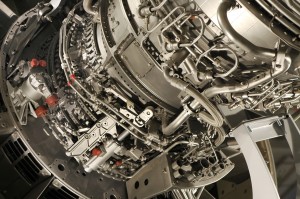... industry and company news from William Rowland
September 26th 2016
A non-ferrous metal can be described as any metal, including alloys, that does not contain iron (ferrite). They are more expensive than ferrous metals and have properties that include low weight, resistance to corrosion and a high level of conductivity, making them more desirable. Well known non-ferrous metals include copper, lead, zinc, aluminium, tin, nickel, gold, silver and platinum. Because non-ferrous metals are very malleable they are more suited to for use where weight is an important factor. For example, in aircraft manufacture the materials must be strong but also as light as possible. Non-ferrous metals also have a higher resistance to corrosion than ferrous metals so they are popular for things such as water pipes, roofing and road signs which are exposed to the elements.
Ferrous metals are mainly used for their strength and durability. Examples of ferrous metals include iron and steel, which are commonly used to build things like bridges and skyscrapers that need to be extremely durable. There are some great examples of famous steel structures on this blog, but notable ones include the Burj Khalifa in Dubai and the Gateway Arch in St Louis. Steel is also widely used in the construction industry for housing infrastructure, piping and railways. Most ferrous metals have magnetic properties, which makes them popular for use in large motors and electric applicances. Ferrous metals are the most recycled material in the world with 500 million tonnes of steel produced in 2008 coming from scrap materials.
The price for ferrous metals tends to be lower than that of non-ferrous metals, because there is a greater supply. Steel and iron alloys are constantly being recycled, whereas non-ferrous metals are harder to come by. Some, like aluminium, are recycled often, but others, such as copper and lead are relatively scarce. As recycled scrap material is often relied on to make new material this makes the price of non-ferrous metals generally much higher. It also means that prices can fluctuate rapidly depending on the needs of the current market.

Share
Contact Us
Please fill in the short form below for any enquiries.
Search
Please fill in the short form below for any enquiries.